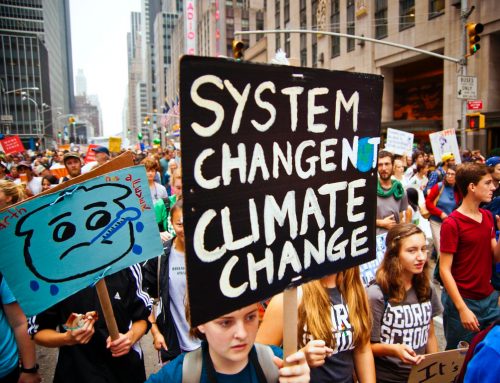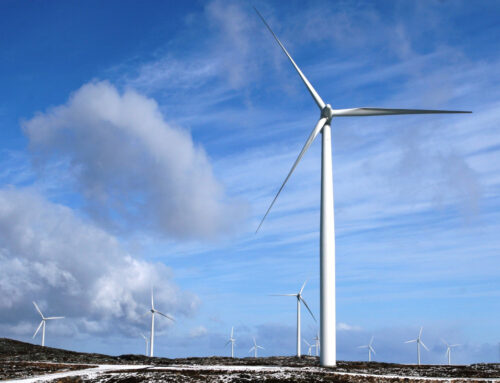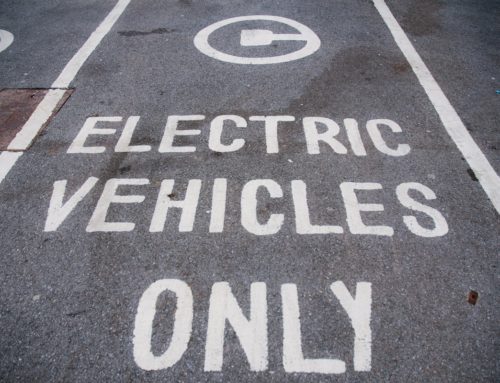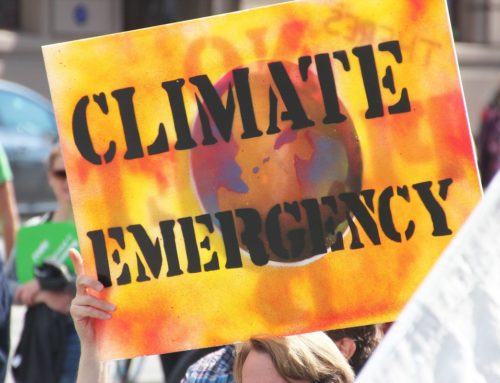by Adam Baddeley and Chris Cullen and Sam Taylor
3 minute read
Secure, clean and affordable – it is hard to argue with the policy objectives for UK electricity supply in July’s White Paper on Electricity Market Reform (EMR). But much remains to be debated – first and foremost whether any achievable mix of generation can meet all three objectives.
A Secure Future?
Around 25% of current generating capacity will be lost in the next decade as old coal and nuclear plant close. This could significantly affect the security of UK electricity supply. However, over 30GW of new ‘base-load’ and ‘mid-merit’ generation capacity (primarily combined cycle gas turbine (CCGT) plant and nuclear stations) is in the consenting process or proposed, together with 35GW of ‘intermittent’ renewables (primarily off-shore wind farms).
Eunomia’s Electricity Market Model, estimates that total ‘de-rated’ capacity (i.e. the level of capacity once intermittency and downtime for maintenance has been taken into consideration) will be around 89GW in 2015 and 73GW in 2030. The central case within a recent DECC and OFGEM study suggests that peak electricity demand will not greatly exceed the 2010 level of 60GW, leaving capacity looking relatively secure. But there remains a risk – the upper bound in DECC and OFGEM’s sensitivity analysis estimates a peak demand of 80GW, which exceeds our capacity estimate for 2030.
A Clean Future?
Can the mechanisms proposed in the White Paper cut the carbon intensity of future generation capacity sufficiently to meet the targets set by the Committee on Climate Change (CCC)? The volume of CCGT plant in operation, under construction or consented increasingly suggests the UK will be locked into carbon-emitting generation.Based on assumptions within Eunomia’s Electricity Market Model,the UK will breach its decarbonisation target post 2020 (see Figure 1). The EMR White Paper appears to support the continued use of unabated CCGT plant, which is likely to compete with other thermal generation for some time, even given the costs associated with the Carbon Price Floor.
One solution might be to limit the operating hours of CCGT plant, but this could imperil security of supply. Meanwhile Government seems reluctant to mandate the retrofit of Carbon Capture and Storage on CCGT plant, so a cleaner future is hardly assured.
An Affordable Future?
Whilst meeting the security of supply and low carbon objectives is technically feasible, it is very challenging to do this affordably. The CCC’s 2011 Renewable Energy Review indicates that offshore wind will be the most expensive major form of low carbon generation. It is questionable, however, whether this view is being reflected in policy-making, as offshore wind is the largest growth area for the future. The expense is increased by the need for equivalent back-up capacity to manage the intermittency of wind, which may be funded by the proposed Capacity Mechanism.
Achievable Policy Goals?
Government has stated it is technology neutral. Having set its three policy objectives, it expects the market to deliver. But the design of EMR mechanisms will inevitably favour some forms of generation over others, effectively leaving Government still trying to ‘pick winners’.
Meeting all three policy objectives in full appears very unlikely given the current status of technologies. The costs associated with the Feed in Tariff and Capacity Mechanism, while essential to drive investment in low-carbon energy capacity, will become ever more significant in our domestic and business energy expenditure. If the objectives are to even be approached, that is our energy future.
A version of this article originally appeared on the ENDS Report blog.
Adam Baddeley and Chris Cullen and Sam Taylor










Leave A Comment